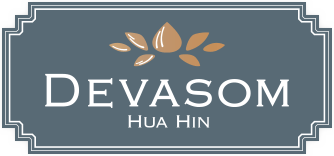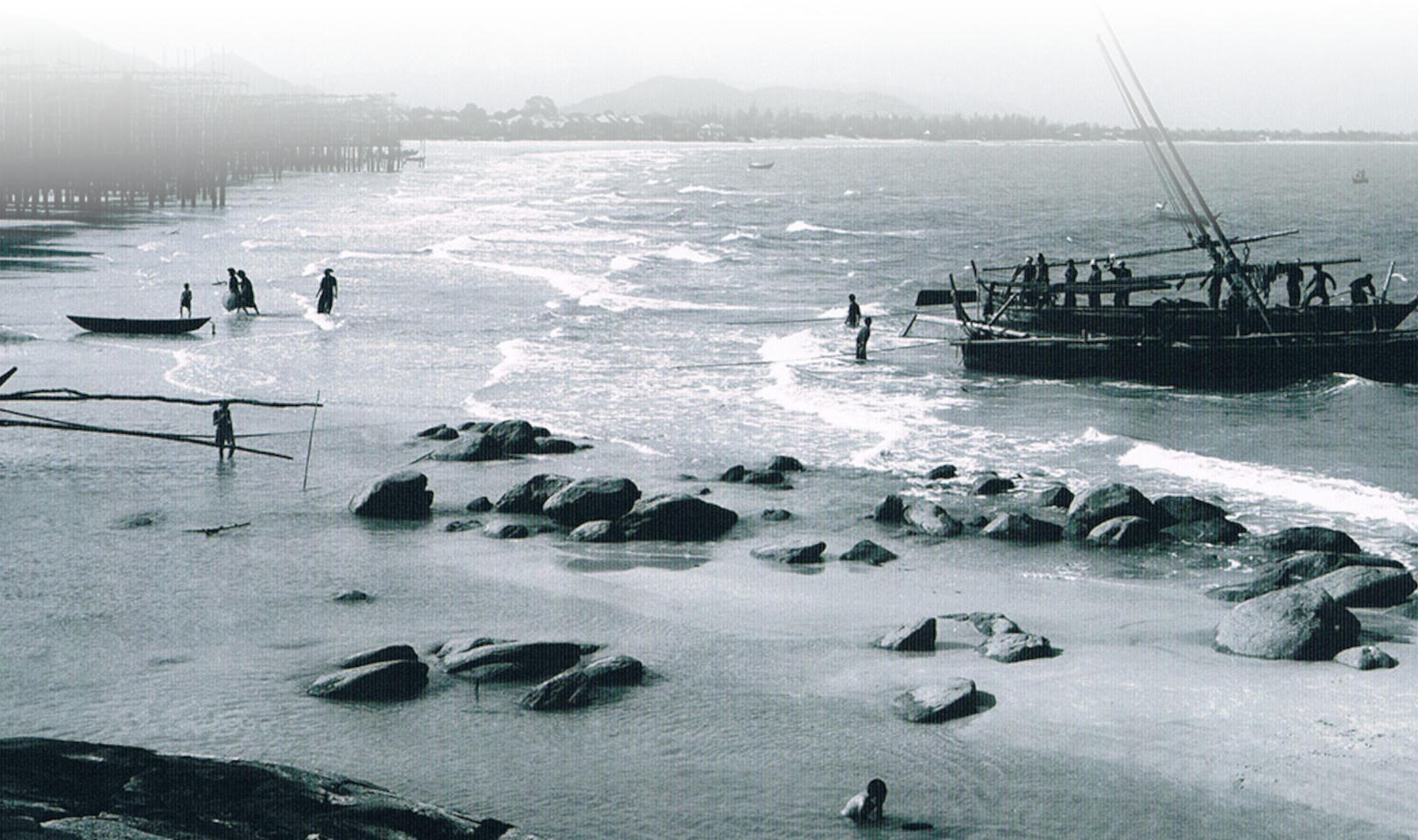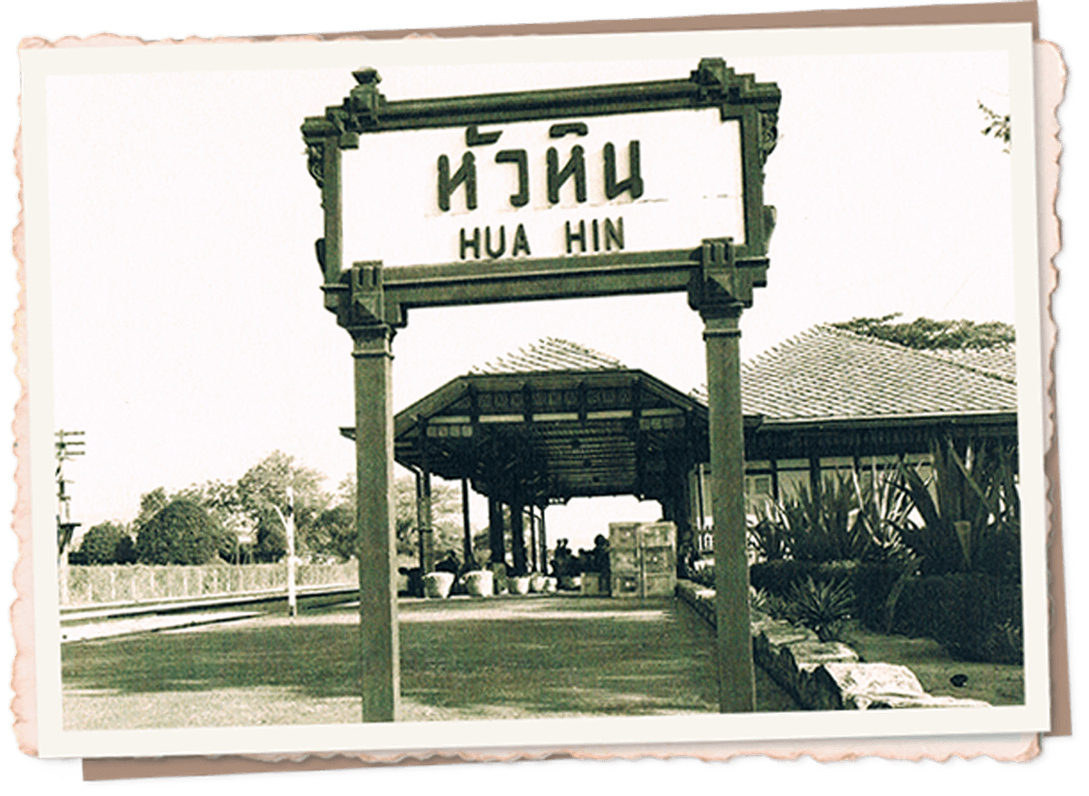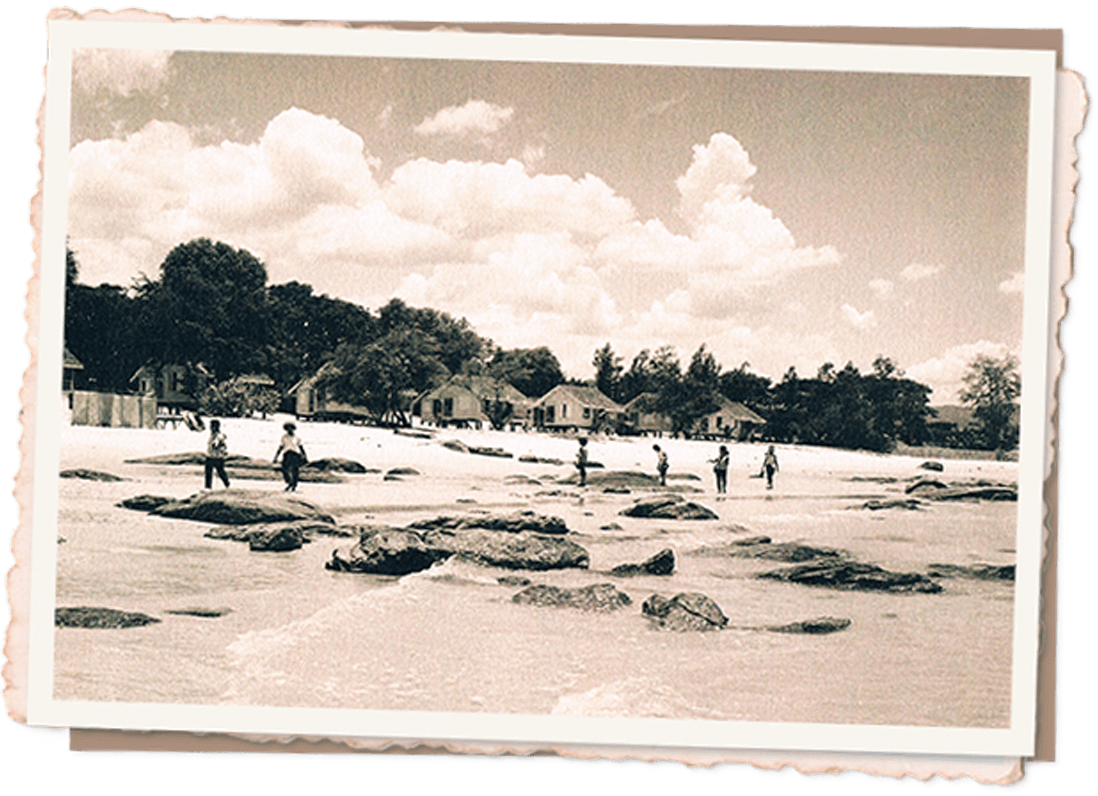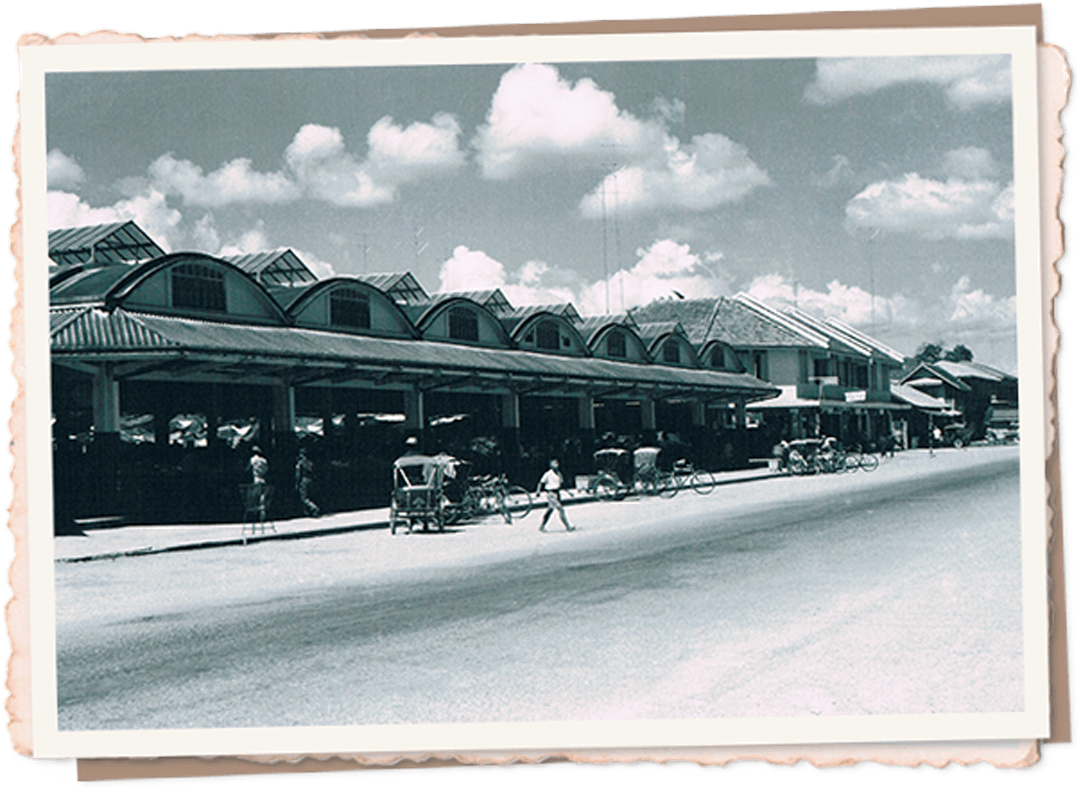The origin of Hua Hin as told by generations began in 1834, when Thailand was known as Siam and before the name Hua Hin was on the map, some agricultural areas of Petchaburi province were hit by severe drought. A group of civilians moved southward and found a seaside patch with beautiful white sand and rows of rocks along the beach. The land was furtile and fishery supply was plentiful. They settled a village here in this area called Samoe Riang (Thai สมอเรียง – rows of rocks). Later, the area became more commonly known as Laem Hin (Thai แหลมหิน – stony cape).
The hidded treasure became known by visitors in the course of railway exploration in 1909 during the reign of King Rama V. A british engineer Henry Gittins, Chief of Southern Railway Division at that time, explored the Laem Hin area on which a station was to be built and found a white pristine beach stretch in a warm soothing climate. The tale of an uncharted southern beach paradise became known by Prince Purachatra, Commander of the Royal State Railways at that time, and later among the royal and noble households. By the time the rail route to Hua Hin Station began operations in 1911, the area was already becoming popular and attracted visitors.
Prince Nares (Krom Pra Naresworarit) built the first royal residence in Hua Hin on the southern side of Laem Hin village which was named ‘Sansamran-Sukaves’. He was the person who gave the name ‘Hua Hin’ to differentiate the resort area from Laem Hin village. Before long, the name Hua Hin eventually extended to cover the entire beach resort district.
Being known for the warm, soothing climate along with its serene beach, Hua Hin gradually became a vacation destination for the kings, the royal households and noble families. At that time the Sansamran-Sukaves royal residence and small wooden houses built within its vicinity (known as Sukaves bungalows) received many notable royal guests. In 1917 with the gaining popularity, the Royal Railway Dept. purchased a fine estate on the stony cape area and buit multiple wooden houses to supply Hua Hin visitors.
In 1922 the luxury Railway Hotel (Hotel Hua Hin) and the remarkable Royal Hua Hin Golf Course were founded by the Royal State Railways under the royal endorsement of HM. King Rama VI, who saw Hua Hin’s potential and wished to develop the resort to become a major tourism destination of the peninsula. At that time, the completion of rail routes connecting Bangkok and Malacca in 1921 would also mean rail passengers are likely to fancy a decent overnight rest in between their long-hour rail journey. Hotel Hua Hin was designed by an Italian architect and, in the beginning, its first main building was completed with 2-storey and 14 guest rooms. It offered luxury western-styled services and architecture in a relaxing atmosphere. Also opened at about the same time were tennis courts and Thailand’s first golf course – The Royal Hua Hin Golf Course, designed by a scottish engineer A O Robins.with sufficient accommodation.
